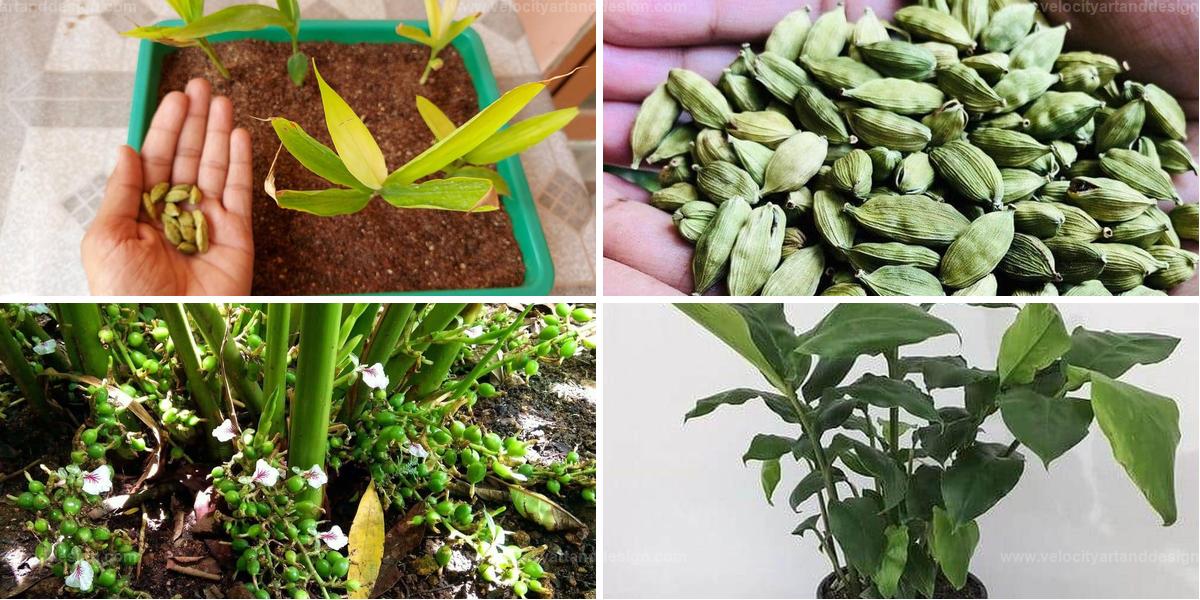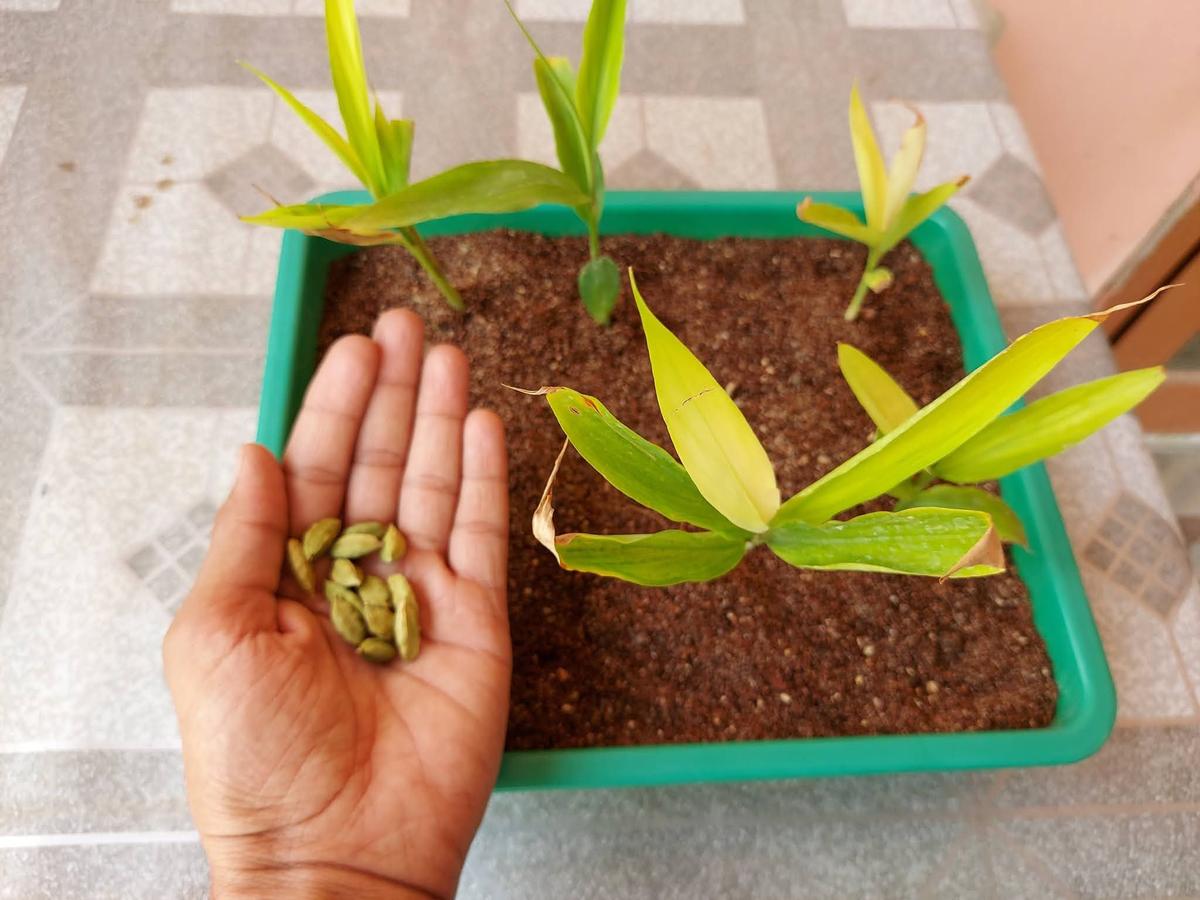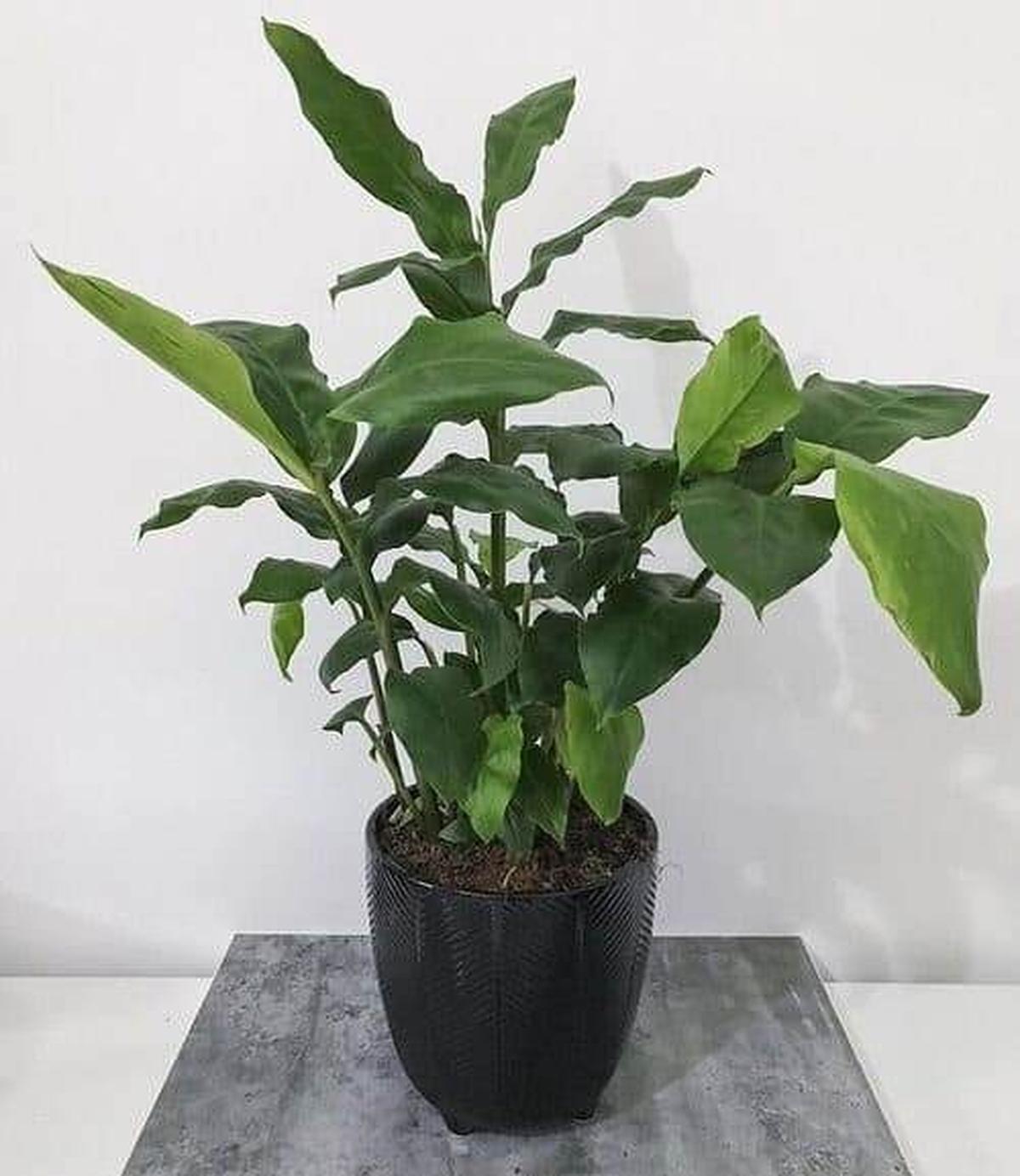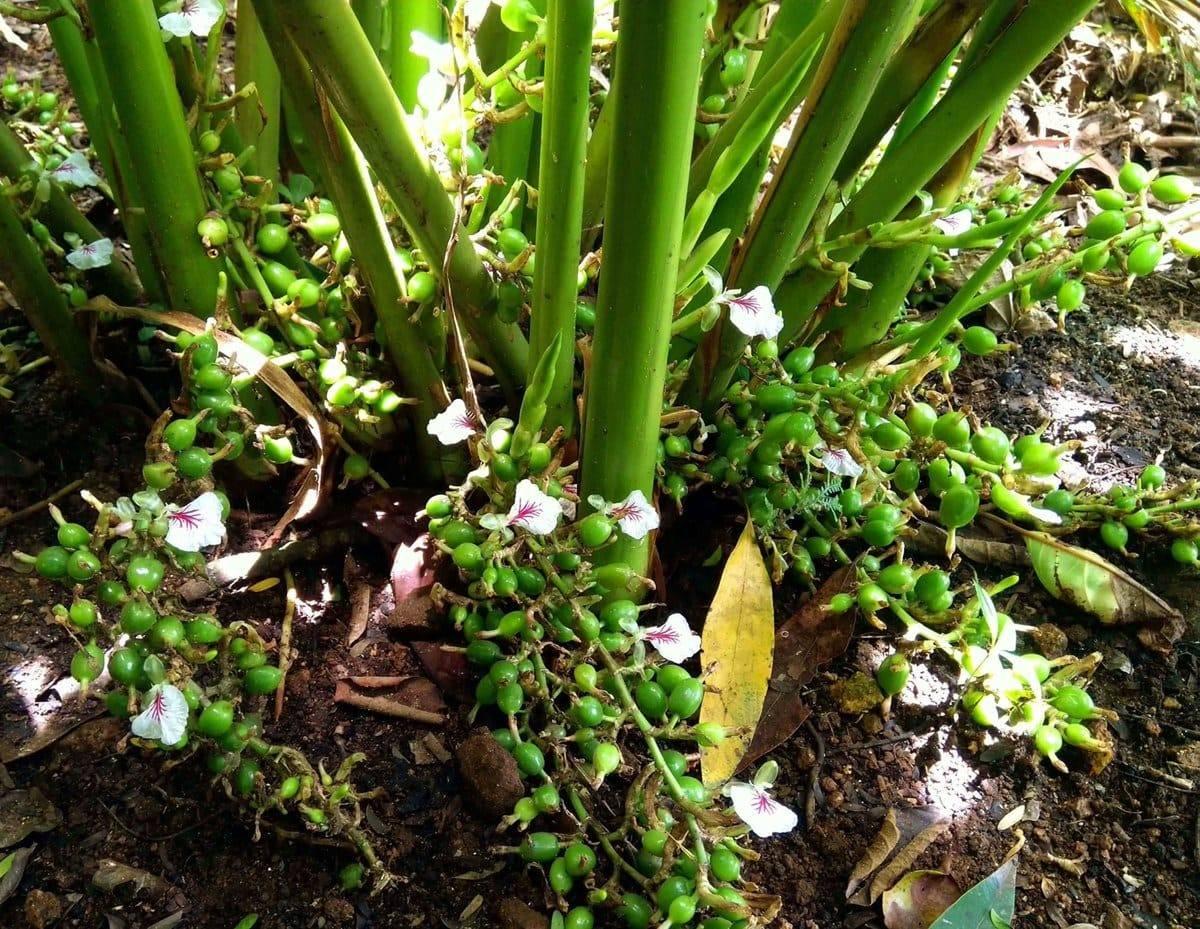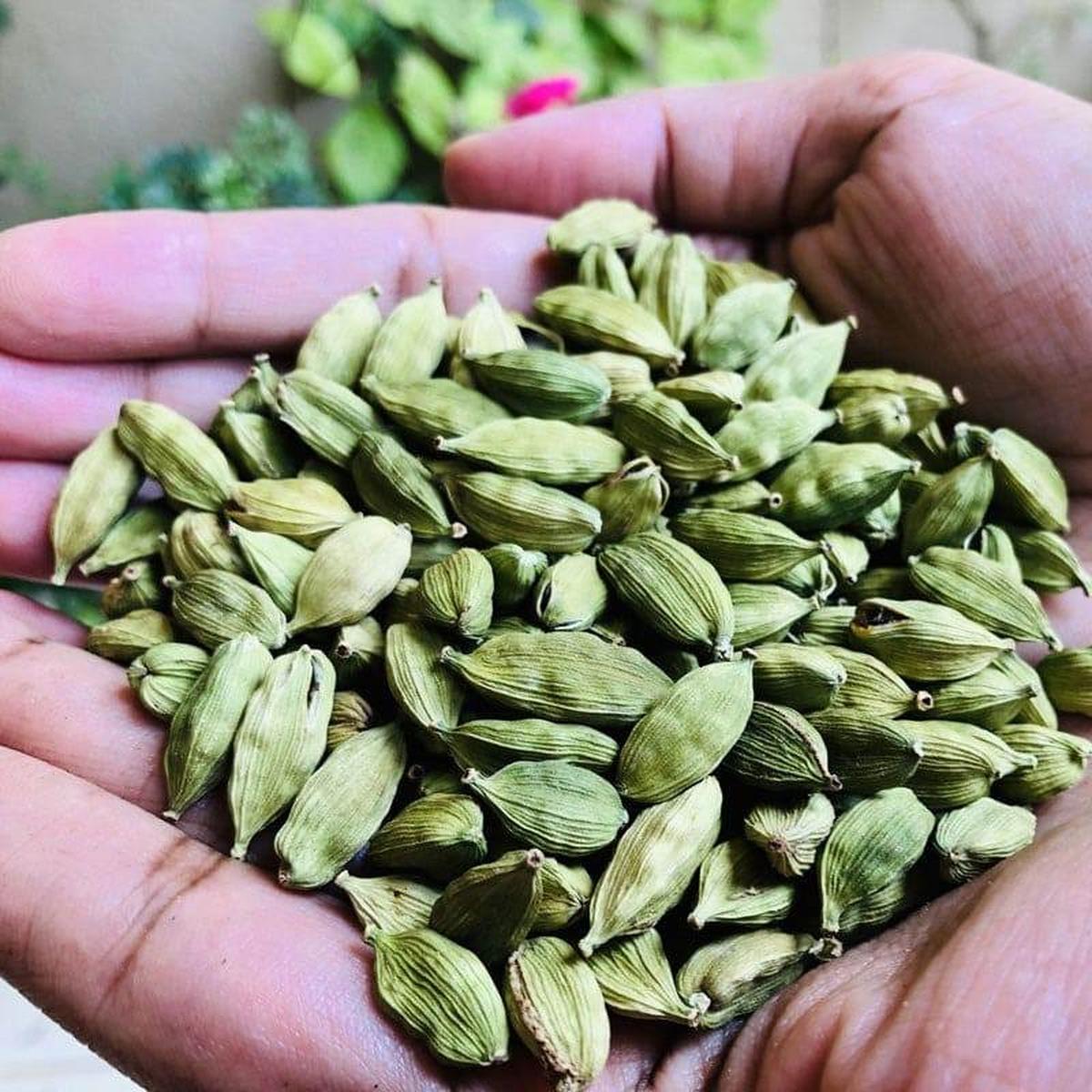Homegrown Cardamom: Growing the Queen of Spices from Seeds
Known as the “Queen of Spices,” cardamom is a prized ingredient in many dishes worldwide, valued for its unique flavor and aromatic properties.
While growing cardamom from seeds can be a slow process, it’s incredibly rewarding to cultivate this spice plant at home.
With the right care and patience, you can nurture cardamom plants that yield flavorful seeds for your own cooking.
This guide offers a step-by-step approach to growing cardamom from seeds, covering everything from germination to plant care and harvesting.
Dive into this guide to bring the rich taste of homegrown cardamom to your kitchen!
Complete Guide to Growing Cardamom from Seeds
Learn how to grow cardamom - the “Queen of Spices” - from seeds in your own home. This guide covers everything from seed preparation to nurturing your plants for a successful harvest.
Step 1: Select and Plant the Seeds
Selecting high-quality seeds is the first step toward a thriving cardamom harvest. Choose fresh seeds for the best germination rate, and give them a boost by soaking them in water for 24 hours before planting. Using well-draining soil is essential; a blend of potting soil and organic matter creates an ideal environment for your cardamom plant. Form a small depression in the soil, place the seeds inside, and cover them lightly.
Creating a warm and humid environment will support the germination process. Covering the pot with plastic wrap can help maintain the necessary humidity, acting like a mini greenhouse. Patience is your friend here, as cardamom seeds are known for their leisurely sprouting pace.
Step 2: Cardamom Plant Growing Requirements
Cardamom thrives in sunlight but prefers filtered light over direct exposure. Aim for dappled sunlight that mimics its natural jungle habitat, and ensure your plant receives at least six hours of bright, indirect light each day.
Watering cardamom requires balance; the plant dislikes both overly dry and overly wet soil. Use a well-draining soil mix to prevent root rot, and mist the leaves regularly to maintain the humidity levels that cardamom loves.
Cardamom grows best in temperatures ranging from 50°F to 90°F (10°C to 32°C) and needs high humidity. In drier climates, use a humidifier or place a water tray near the plant to keep humidity levels up.
Cardamom is a light feeder, so a balanced, slow-release fertilizer during the growing season is sufficient. Avoid over-fertilizing, as this can promote excessive leaf growth at the expense of developing flavorful pods.
Step 3: Harvesting and Storing Cardamom
Frequently Asked Questions
Find answers to common questions about growing cardamom from seeds, including tips on care, maintenance, and troubleshooting for healthy, thriving plants.
Are There Different Varieties of Cardamom?
Yes, there are two main types of cardamom: green cardamom (Elettaria cardamomum) and black cardamom (Amomum subulatum). Green cardamom is a staple in culinary creations, known for its sweet, floral aroma that enhances both savory and sweet dishes.
Is it Possible to Grow Cardamom Indoors?
Indeed, cardamom can thrive indoors with the right care. While it’s a tropical plant, it adapts well when grown in a large pot that allows room for growth. Keep it humid and in a sunny spot to replicate its natural environment.
Can Cardamom Thrive in Colder Climates?
Although cardamom loves tropical warmth, it does well in containers that you can bring inside during colder months. Just ensure it’s getting enough light, warmth, and humidity to flourish throughout the year.
Roll up your sleeves, and soon you’ll be greeted by the rich fragrance of homegrown cardamom. From choosing quality seeds to savoring the first harvest, growing cardamom brings a delightful, aromatic touch to any gardener’s kitchen.

